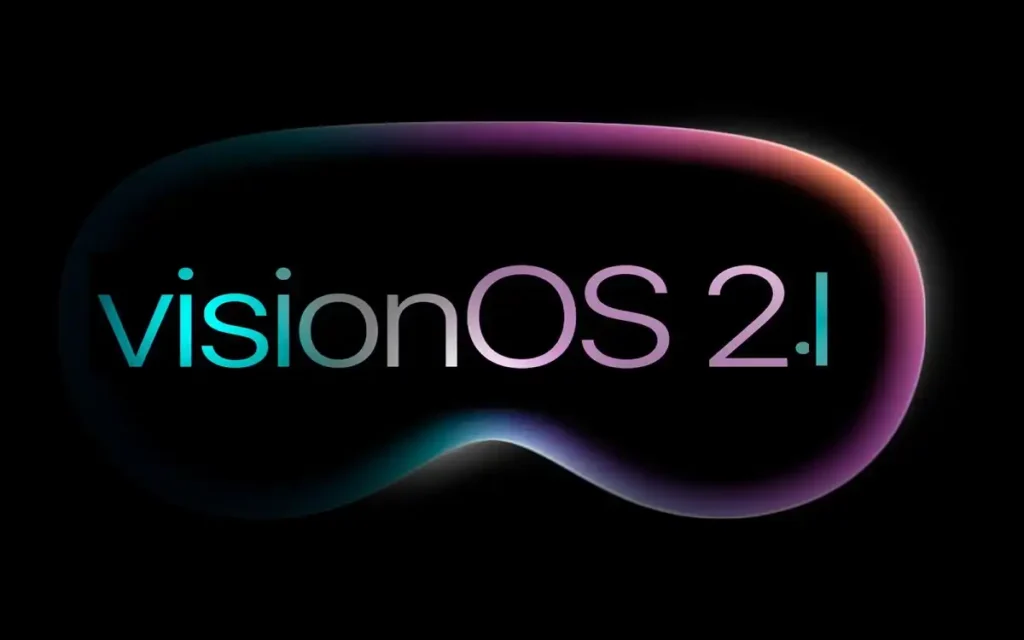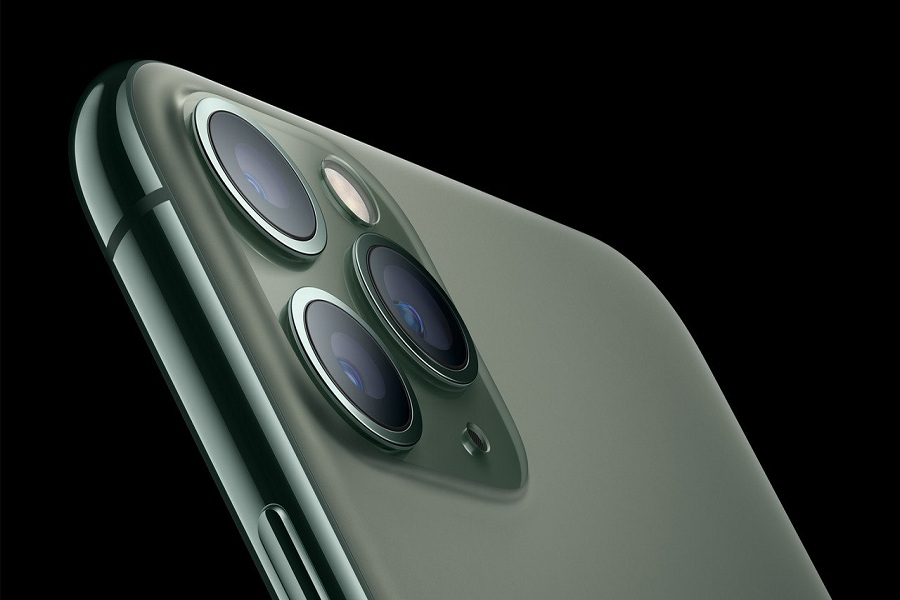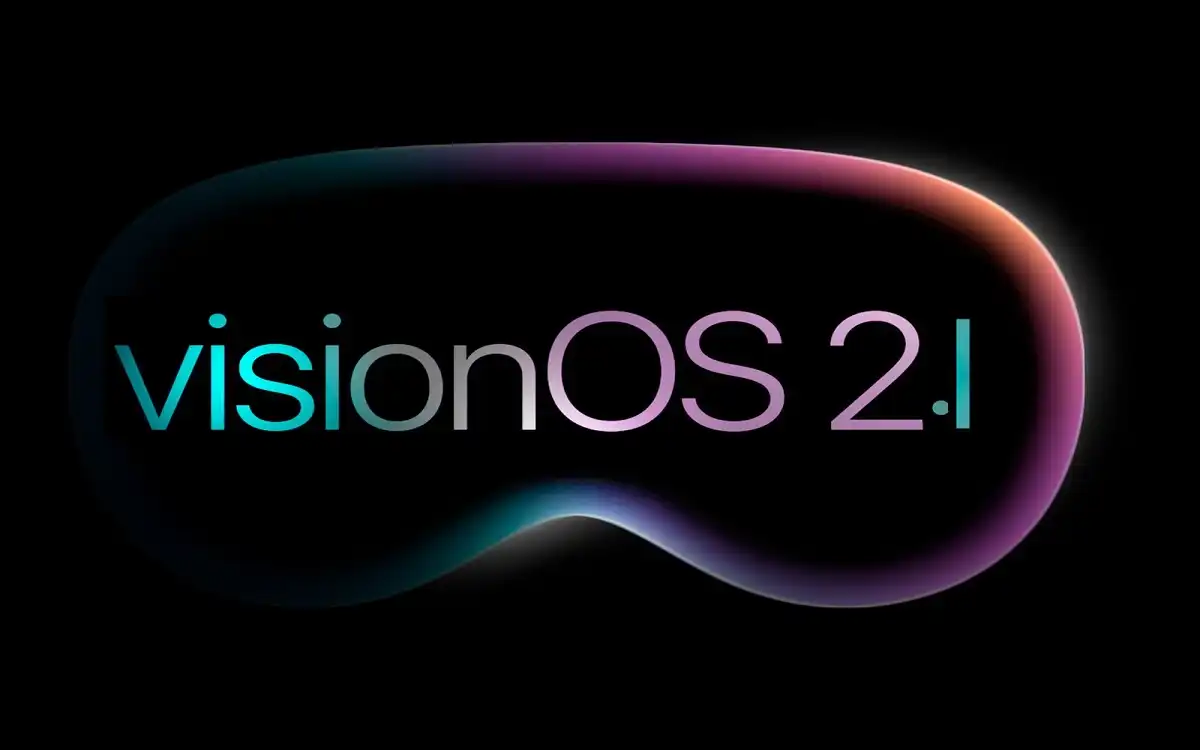Introduction
Apple continues to push boundaries with its innovative visionOS platform. The recent release of visionOS 2.1 beta to developers marks another significant step forward in refining and enhancing the user experience for Apple Vision Pro users.
Recent Released: Pojavlauncher iOS: How to download on iPhone
The Journey from visionOS 2.0 to 2.1
A Brief Overview of visionOS 2.0
Before we dive into the latest updates, let’s recap the groundbreaking features introduced in visionOS 2.0:
- Spatial Photo Creation: Leveraging machine learning, this feature allowed users to transform 2D images into immersive spatial photos, adding depth and dimension to their visual experiences.
- Intuitive Navigation: New hand gestures were introduced, making interaction with the Vision Pro more natural and effortless.
- Home View Customization: For the first time, users gained the ability to rearrange app icons on the Home View, personalizing their interface for optimal efficiency.
- Enhanced App Functionality: Major applications like Safari and Apple TV received significant updates, optimizing performance and creating more immersive experiences within the mixed reality environment.
- Optic ID: This innovative iris scanning feature provided a new layer of security for device access and transactions.
What’s New in visionOS 2.1
Building upon this solid foundation, visionOS 2.1 introduces several refinements and potential new features:

1. Stability and Performance Enhancements
One of the primary focuses of the visionOS 2.1 update is improving overall stability and performance. Developers have reported that the new beta addresses multiple issues related to SwiftUI, a key framework for app development on the platform. These fixes are expected to result in smoother, more reliable app performance across the board.
2. Siri Improvements
The virtual assistant has received a notable upgrade in visionOS 2.1. Users can expect enhanced understanding capabilities from Siri, making interactions more intuitive and natural within the mixed reality environment.
3. Safari Performance Boost
Early testers have reported a noticeable improvement in Safari’s performance. Web browsing feels faster and more responsive, enhancing the overall user experience when navigating the internet in mixed reality.
4. Travel Mode Expansion
The Travel Mode feature, which helps stabilize visuals during movement, has been expanded to support both planes and trains. This update ensures a more comfortable experience for users who want to use their Vision Pro while on the go.
5. Potential New Display Options
While not yet implemented in the current beta, there are indications that visionOS 2.1 may introduce support for a larger ultrawide screen in the Mac Virtual Display. This feature could potentially allow users to create a panoramic view equivalent to two 4K monitors side by side, significantly enhancing productivity in virtual workspaces.
6. Multiview Capabilities for Sports
Another anticipated feature is the potential introduction of Multiview support for sports-related apps, particularly for MLS and MLB games. This could revolutionize how fans experience live sports in mixed reality.
Developer Insights: What visionOS 2.1 Means for App Creation
The release of visionOS 2.1 brings several important updates for developers:
Expanded APIs and Tools
Apple has introduced new APIs and developer tools with this update, providing more options for creating engaging and immersive applications. These expanded capabilities allow developers to push the boundaries of what’s possible in mixed reality experiences.
SwiftUI Improvements
The fixes and enhancements to SwiftUI in visionOS 2.1 are particularly noteworthy. These improvements should make it easier for developers to create more stable and performant apps, potentially reducing development time and improving overall app quality.
Beta Testing and Feedback
Developers play a crucial role in refining visionOS through beta testing. The process for opting into the beta program remains straightforward:
- Sign in to the Apple Developer Center
- Prepare your Apple Vision Pro device
- Navigate to Settings > General > Software Update
- Enable Beta Updates and select the Developer Beta option
- Download and install the visionOS 2.1 beta
- Provide feedback using the built-in Feedback Assistant app
This iterative process of testing and feedback is essential for identifying and resolving issues before the public release.
User Experience: A Closer Look at visionOS 2.1 Enhancements
Comfort and Usability
Interestingly, some users have reported that the headset feels “lighter” with the visionOS 2.1 update. While this is likely a perceptual change rather than a physical one, it speaks to the improved performance and smoother interactions that contribute to a more comfortable user experience during extended use.
Navigation and Control
The continued refinement of gesture controls and user interface elements in visionOS 2.1 builds upon the intuitive navigation introduced in version 2.0. Users can expect even more natural and responsive interactions with their virtual environment.
Visual Fidelity
While specific details are still emerging, the potential support for larger ultrawide screens in the Mac Virtual Display could significantly enhance the visual experience for users. This feature, if implemented, would provide a more immersive and productive workspace within the mixed reality environment.
Challenges and Considerations
Despite the numerous improvements, it’s important to note that visionOS 2.1 is still in beta, and users may encounter some issues:
Known Issues in Early Betas
Early versions of the visionOS 2.1 beta have reported several challenges:
- Freezing issues, particularly with touch input
- General instability and bugs reported by some developers
- Potential data loss or operational disruptions
It’s crucial for users to approach beta software with caution, ideally testing on secondary devices to avoid any critical issues.
Balancing Innovation and Stability
As with any major software update, Apple faces the challenge of introducing new features while maintaining system stability. The iterative beta process is designed to strike this balance, allowing for the identification and resolution of issues before the public release.
The Future of visionOS: What’s Next?
As visionOS 2.1 continues to evolve through its beta stages, the mixed reality community eagerly anticipates what future updates might bring. Potential areas for development include:
- Further refinements to spatial computing interactions
- Enhanced integration with other Apple devices and services
- Expanded developer tools for creating more sophisticated mixed reality applications
- Improvements in rendering and visual fidelity to create even more immersive experiences
Comparison Table: visionOS 2.0 vs. visionOS 2.1
To better illustrate the evolution from visionOS 2.0 to 2.1, here’s a comprehensive comparison table:
| Feature | visionOS 2.0 | visionOS 2.1 |
| Spatial Photo Creation | Introduced | Enhanced |
| Navigation Gestures | New intuitive gestures | Further refined |
| Home View Customization | Icon rearrangement | Potential additional options |
| App Performance | Initial optimizations | Significant improvements, especially in Safari |
| Optic ID | Introduced | Maintained |
| SwiftUI Support | Basic | Multiple issues addressed |
| Siri Capabilities | Standard | Enhanced understanding |
| Travel Mode | Basic support | Expanded to planes and trains |
| Mac Virtual Display | Standard | Potential ultrawide screen support |
| Sports Viewing | Standard | Potential Multiview capabilities |
| Developer APIs | Initial set | Expanded toolset |
| Stability | Launch version | Ongoing improvements in beta |
Finally
The release of visionOS 2.1 represents Apple’s commitment to continually improving and refining its mixed reality platform. While still in beta, this update promises significant enhancements in performance, stability, and user experience. From expanded travel mode options to potential new display capabilities, visionOS 2.1 is set to push the boundaries of what’s possible in spatial computing.
For developers, this update offers new opportunities to create more immersive and stable applications, leveraging improved APIs and SwiftUI enhancements. For end-users, the promise of a more comfortable, responsive, and feature-rich experience awaits.
As visionOS continues to evolve, it’s clear that Apple’s vision for the future of computing extends far beyond traditional screens. With each update, the line between our physical and digital worlds blurs further, opening up new possibilities for work, entertainment, and communication.
The journey of visionOS is just beginning, and version 2.1 marks another exciting step forward. As we look to the future, one thing is certain: the realm of mixed reality is set to transform how we interact with technology and the world around us. Stay tuned for more developments as visionOS 2.1 progresses through its beta stages and eventually reaches public release.






